For the longest time, Pak Suzuki Motor Company (PSMC) has been ruling the hatchback car market of Pakistan. Since its inception and to date, the company has sold millions of vehicles across the country, most of which are hatchbacks. Cars such as the Suzuki FX, Mehran, Khyber, Cultus, and Alto have sold in astronomical numbers across Pakistan over the years.
Over the years, there have been other sub-compact hatchbacks such as Diahatsu Coure, Hyundai Santro, Chevrolet Joy, among others that tried to compete with Suzuki in the hatchback market. The said cars were good sellers, but not as good as the Suzuki hatchbacks that were cheap and easy to maintain and had a fantastic resale value.
In 2017, after an 8-year hiatus, Kia made its return to Pakistan in partnership with the Yunus Brothers Group (YBG) as Kia Lucky Motors.
ALSO READ
Hyundai Nishat Plans to Add 2 More Passenger Vehicles to Its Lineup in 2021
Then, in mid to late 2019, Kia Lucky introduced the Picanto mini Hatch-back to rival the Suzuki Cultus, and the Sportage to rival the Toyota Fortuner. Both cars did surprisingly well in terms of sales. So much so that the company decided to move the production to a double shift schedule to meet the rising demand.
People have viewed the Picanto as an especially curious move on Kia’s part since Suzuki is currently leading the pack in terms of sales with the new 660cc Suzuki Alto and the 1000cc Suzuki Cultus. However, Picanto can still be considered as a formidable contender in the market owing to a few reasons. With that said, here’s a comparison of the Suzuki Cultus and a Kia Picanto:
Design
The 4th and latest generation Suzuki Cultus made its debut in Pakistan back in April 2017. The said car is marketed as the Suzuki Celerio in other countries and made its international debut back in 2014. The new car has a slightly smaller and lighter body than its predecessor but has a longer and wider wheelbase. In terms of styling, it is fairly simple in design.
On the front, there’s a short hood in-keeping with the overall small size of the vehicle for easy maneuverability in dense traffic. Also, there’s a standard pair of halogen headlights with the normal parking lights and turn signals integrated into the main headlight unit, a black, and silver chrome grille with the Suzuki Emblem in the middle, a pair of optional foglights, and a standard, clean bumper design.
ALSO READ
Honda Atlas Delays the Launch of the New Honda City Again
Come around to the side and you’ll spot 14″ alloy wheels, body-colored door handles, plain and simple power operated mirrors and additional turn signals on the front fenders. There are some creases and lines on the doors to make the side profile look a bit edgy. Other than that, the design is once again very simple, straightforward, and functional.
On the rear, the theme of simplicity continues. The car has some fairly standard taillights, with the turn signals and reverse lights integrated within. There’s an additional brake light integrated on the top of the rear-hatch. Other than that, it’s yet again a fairly standard design.
It is worth mentioning, however, that the car has fairly decent ground clearance as well, like the Suzuki hatchbacks of the old, to allow the cars to clear road bumps and potholes with ease.
Kia on the other hand, as with the design of their entire vehicle lineup, has gone a slightly more animated route. True to the automaker’s modern design language, the front of the car features a rather large front bumper that houses the foglights and the upper & lower grille. The upper grille has Kia’s familiar tiger-nose design, albeit smaller than the rest of the vehicles. The headlights also have the parking lights and turn signals integrated within and, just like the Sportage, are positioned high up to give the car a more distinctive look from the front.
ALSO READ
Here’s Everything You Need to Know About FBR’s Sales Tax On Used Vehicles
On the side, you can get some nice 14″ alloy wheels in the Picanto as well. The side profile is made slightly sportier with sharp lines that run across the length of the vehicle. Other than that, you get the body-colored doors here as well, and a simple pair of power-operated mirrors, similar to those in the Cultus.
The rear end, once again, shows Kia’s capability to think differently. The first thing you notice is a rather large rear windshield that makes up more than half of the rear hatch, which is yet another unique design quirk. Then there are the rear taillights that have a slightly boomerang-like design to them.
On top of the rear hatch, there’s a small ducktail spoiler that doesn’t ‘spoil’ the look of the vehicle, and finally, the rear bumper, which houses the reverse lights and reflectors. The rear bumper also features some black trim at the bottom, which not only looks unique but is also an intelligent design element that makes the bottom part of the bumper easy to clean.
One more thing worth pointing out is that Picanto has better ground clearance than the Cultus.
Kia Picanto may not be the prettiest looking hatch-back in Pakistan but is certainly fairly unique in a market full of generic, similar-looking city cars.
Interior
Given that the Suzuki Cultus is a “budget” city car, the interior is certainly nothing to brag about. The design is kept relatively simple, with basic features such as fabric seats, an analog gauge cluster with a digital information screen, a standard CD player with Bluetooth, Aux, and USB connectivity, power windows, and dual airbags that can only be had in a VXL variant and above.
In terms of cabin design and layout, the Cultus, although a compact hatchback, it fairly airy and roomy. The windows are nice and big to allow a good view of the outside and allow ample light in to make it nice and bright inside. The beltline, as opposed to many modern cars, is nice and low, so that the passengers don’t feel suffocated when they sit inside.
In terms of room for the rear passengers, the Cultus can easily and comfortably seat two people in the back, with ample head, shoulder, and leg space for both occupants. A third person can also be accommodated, but for a very short journey, as all passengers would be tightly squeezed in the back.
Kia Picanto gives off a slightly more modern vibe inside. The dash design, albeit simple, is slightly more futuristic than the Cultus.
The instrument cluster also features a digital display screen for additional information. The steering wheel is also unique, with a retro 2-spoke design. Plus, in the Picanto, you can get a stereo system with a 9″ touch-sensitive LCD that looks modern and is easy to use.
The A-symmetrical central vents are also a unique design element. The car also comes standard with dual SRS airbags, USB and Aux connectivity, and a 12-volt socket outlet.
The Picanto, also despite being a city car, is quite roomy for 4 people. The seats are nice and comfortable, the head-room and legroom are also fine for a person with an average height and, unlike the Cultus, the rear seats of this car also has 3 adjustable headrests.
However, the car does have a slightly less airy feel to it, due to the smaller windows and a dark interior. Plus, although the rear seat has 3 headrests, the car can only seat 2 people in the back with complete comfort. 3 fully grown people can sit in the back, yes. But not on a journey that’s longer than 45 minutes.
Dimensions & Weight
Given that both, the Cultus and the Picanto are city cars, they are both quite compact in size to deal with the heavy city traffic with ease. Here are the measurements of both vehicles:
| Measurements | Kia Picanto | Suzuki Cultus |
| Wheel Base | 2,385 mm | 2,425 mm |
| Overall Width | 1,595 mm | 1,600 mm |
| Overall Length | 3,595 mm | 3,600 mm |
| Overall Height | 1,490 mm | 1,540 mm |
| Kerb Weight | 900 KG | 795 KG |
| Ground Clearance | 152 mm | 145 mm |
Performance
All variants of the Suzuki Cultus come equipped with a 1.0 liter naturally aspirated 3 cylinder petrol engine that makes 67 horsepower at 6000 RPM and 90 newton/meters of torque at 3500 RPM. The engine can be mated to either a 5-speed manual or a 5-speed AGS automatic transmission.
To those wondering, Auto Gear Shift (AGS) is an automated manual transmission that can allow you to choose gears yourself but doesn’t involve the clutch.
The car’s suspension setup consists of a McPherson Struts upfront and Torsion Bar Coil-Spring suspension at the back. The car is also equipped with ventilated disc brakes with Anti-Lock Braking System (ABS) technology upfront and conventional drum-brakes at the back.
Reportedly, the fuel average that this car gives, is between 17 and 20 km/liter inter-city and 19 to 22 km/liter on the highway (figures vary in-between).
The Picanto is also equipped with a 1.0 liter naturally aspirated 3 cylinder petrol engine that makes 68 horsepower at 6200 RPM and 94 newton/meters of torque at 3500 RPM. The engine can be mated to either a 5-speed manual or a 4-speed automatic transmission.
The car’s suspension setup consists of a McPherson Struts up front and Torsion Bar Coil-Spring suspension at the back. The car is also equipped with ventilated disc brakes with Anti-Lock Braking System (ABS) technology up front and conventional drum-brakes at the back.
The Picanto, reportedly, gets a fuel average between 16 and 19 km/liter inter-city and 17 to 21 km/liter on the highway (figures vary in-between).
Features
Following is a detailed list of safety and convenience features that you can get in both cars:
| Specs and Features | Kia Picanto A/T | Suzuki Cultus AGS |
| Safety | ||
| Central Power Doorlocks | Yes | Yes |
| Immobilizer System & Burglar Alarm | Yes | Yes |
| Parking Sensors | No | No |
| Backup Camera | No | No |
| Automatic Headlights | No | No |
| Fog Lights | Yes | Yes |
| Daytime Running Lights | No | No |
| Rear Windshield Vipers | Yes | No |
| ABS Brakes | Yes | Yes |
| Electronic Stability Control | No | No |
| Cruise Control | No | No |
| Airbags | 2 | 2 |
| Traction Control | No | No |
| Convenience | ||
| Power Tailgate | No | No |
| Infotainment Screen | 9″ | None |
| Apple Carplay and Android Auto Connectivity | No | No |
| Gauge Cluster with a Digital Screen | Yes | Yes |
| Paddle Shifters | No | No |
| 12 Volt Socket | Yes | Yes |
| USB Connectivity | Yes | Yes |
| Outside Rear View Mirror Electric Folding | Yes | Yes |
| Keyless entry | Yes | Yes |
| Steering Wheel Control Switches | Trip Meter Adjustment | None |
| Steering Wheel Adjustment | Tilt | Tilt |
| ISO fix Child Seat Anchors | Yes | No |
| Rear AC Vents | No | No |
Price
The pricing of these vehicles has also been kept just about the same. Although, the Cultus also has a base variant that is significantly cheaper than the Picanto and the finer Cultus variants, which gives Suzuki a slight advantage over Kia. With that said, the following is what the said vehicles will cost you:
- Kia Picanto:
- M/T Variant: Rs. 1,899,000
- A/T Variant: Rs. 2,049,000
- Suzuki Cultus:
- VXR: Rs. 1,780,000
- VXL: Rs. 1,900,000
- AGS: Rs. 2,030,000
Verdict
Both, the Cultus and the Picanto are quite evenly matched in terms of performance and features with a slight edge to the Picanto. However, both are still quite different in terms of their strengths. Suzuki Cultus is a veteran of the Pakistani market with credibility and resale value as its strong suits. Whereas the Kia is the underdog with a lot of character, a unique look, better features, more safety, and the fact that it is one of the few compact hatchbacks to receive a 3 out of 5 euro NCAP safety rating.
Still, these cars are usually bought by big-city dwellers to get from point-A to point-B with ease and in comfort. And both of these cars are very good at doing that. So at the end, all things considered, the decision rests with the buyers.
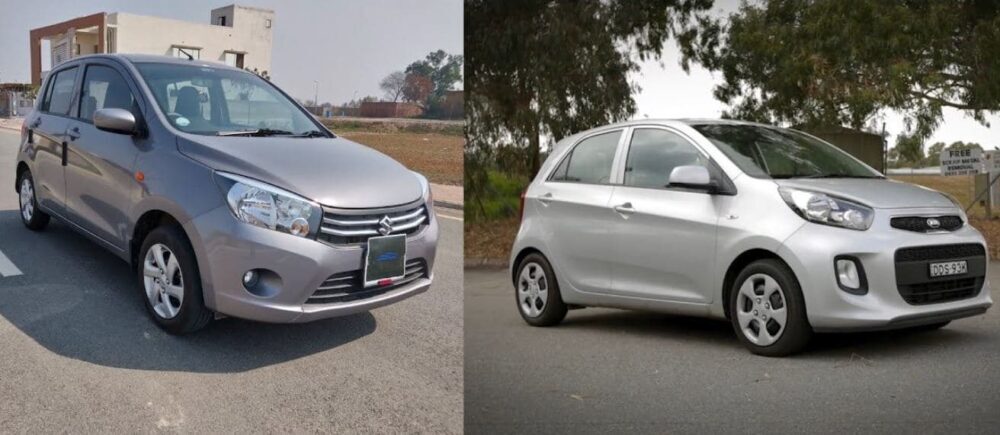
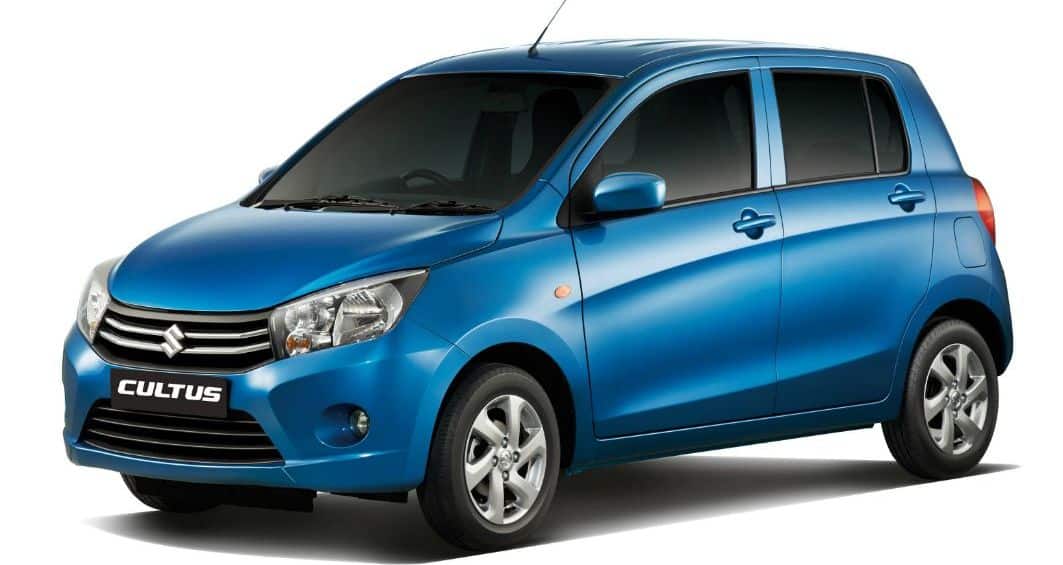
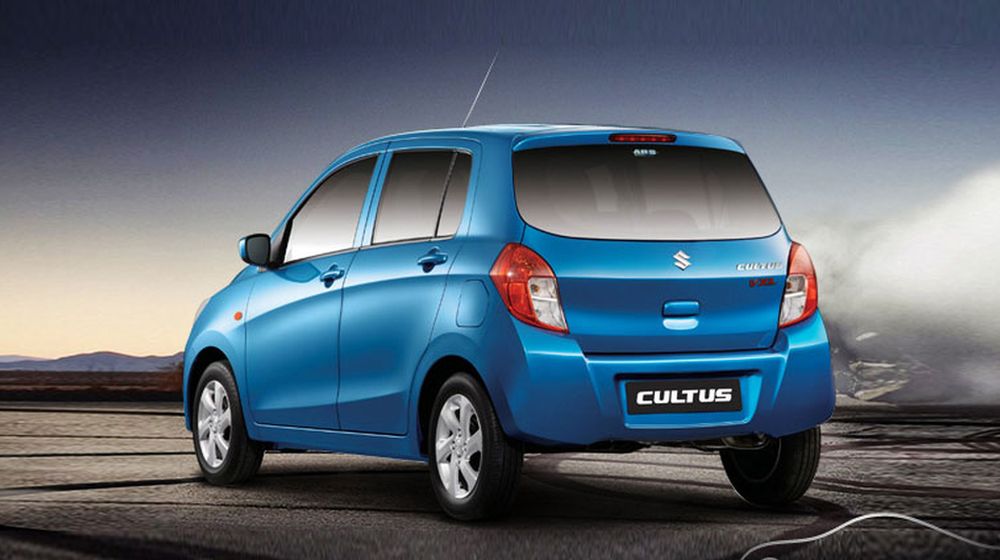
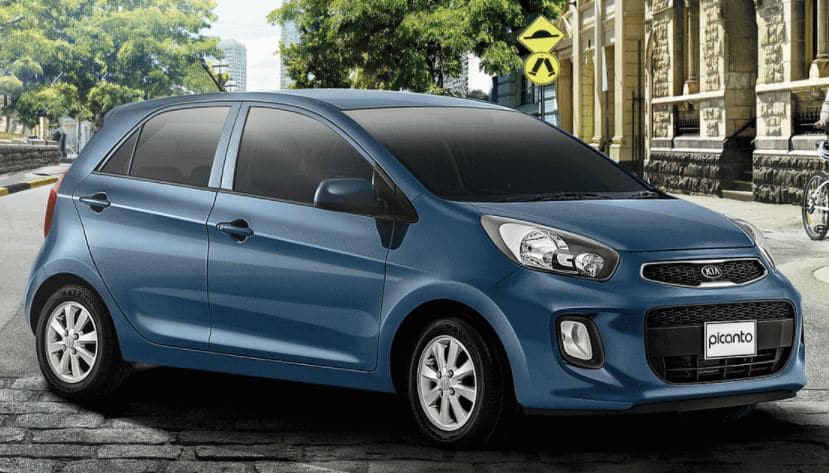
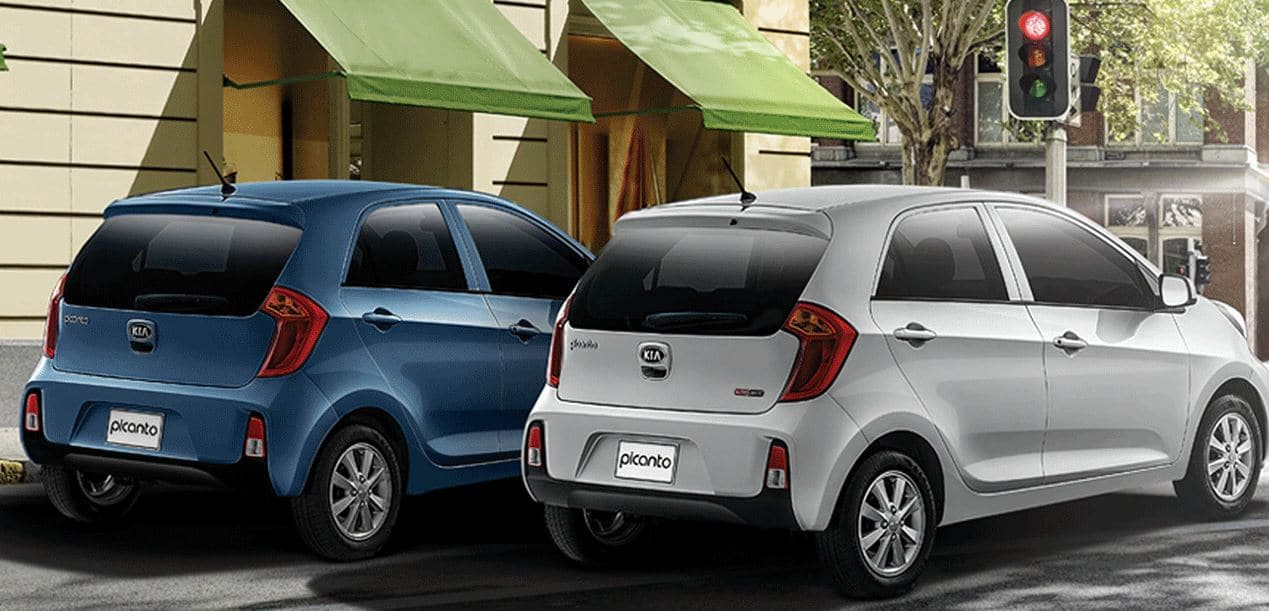
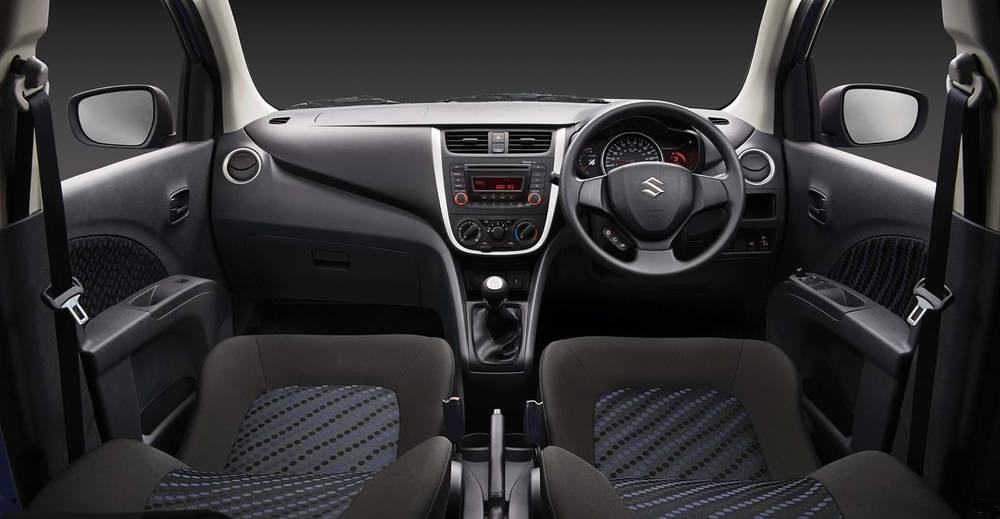
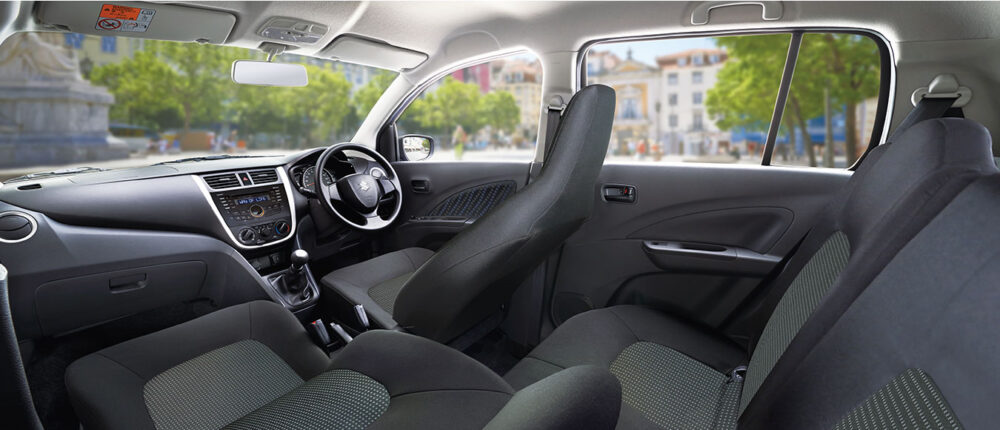
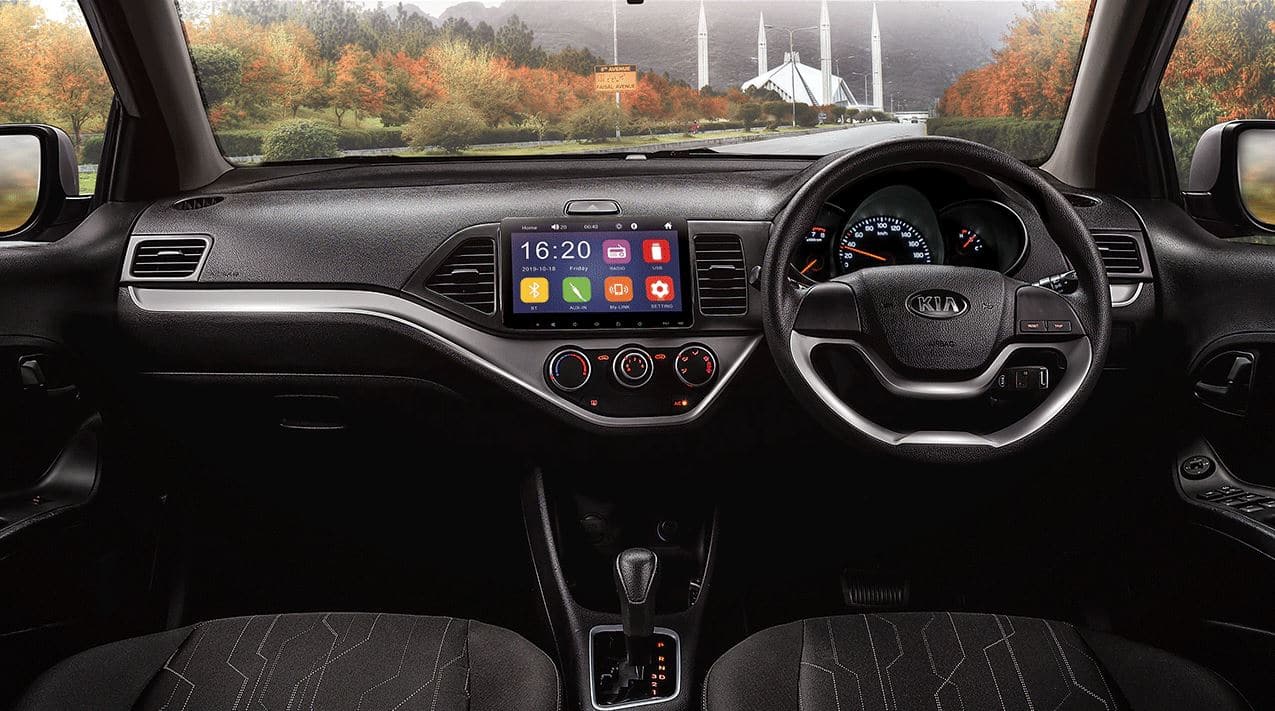

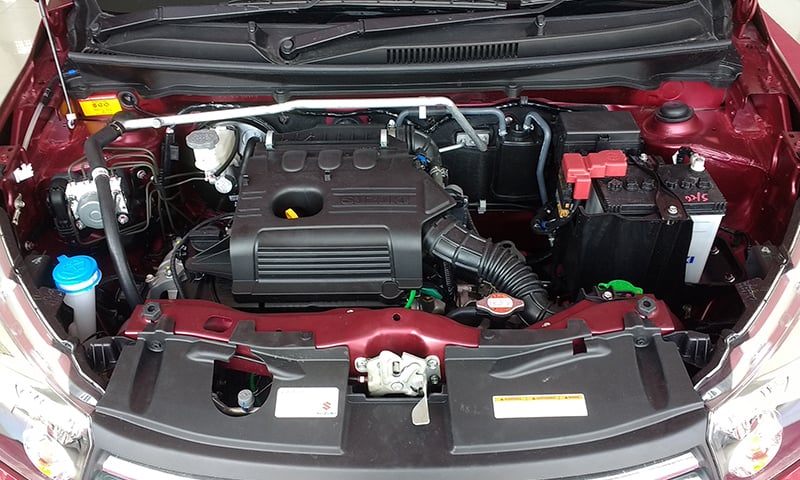
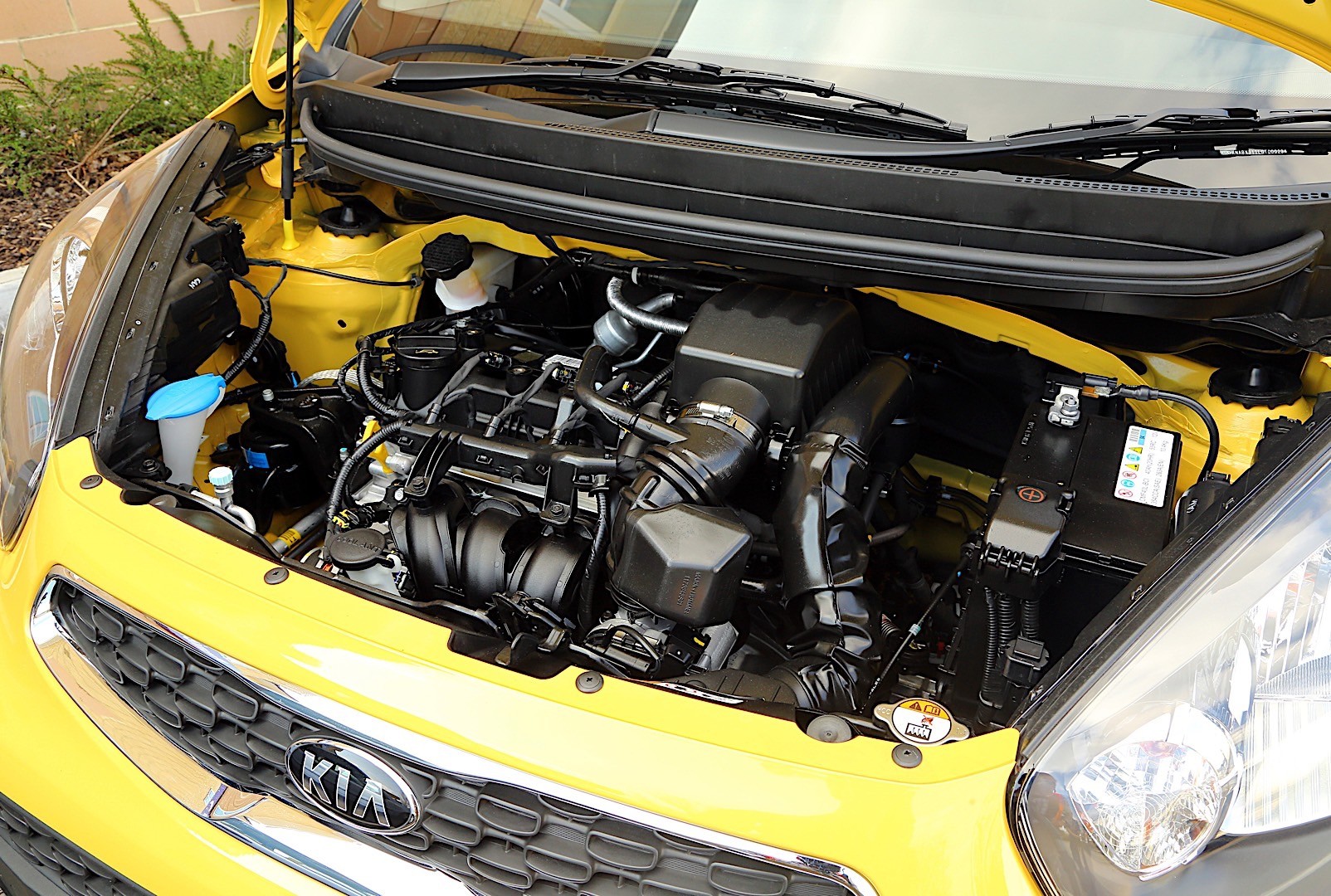

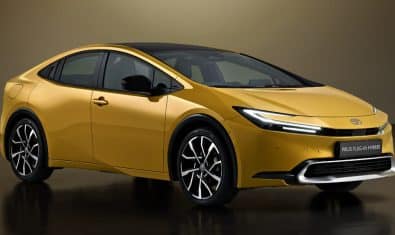
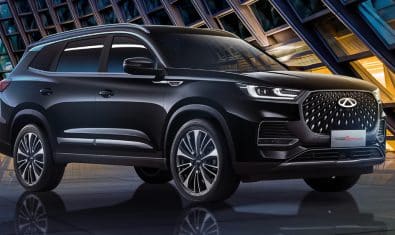
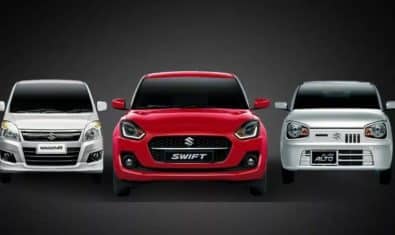


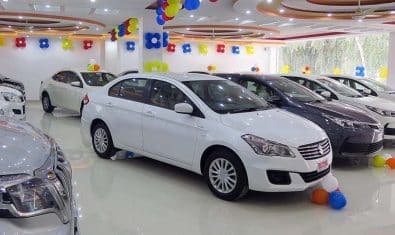
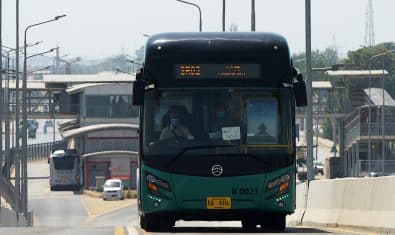




















Pathetically researched article. Get your fact straights before posting something.
Picanto is a 3-star NCAP, has ISO Fix, has back wipers which cultus does not, picanto has Day light running lamps while cultus has fog lamps and an infotainment system … The list is pretty extensive.
charba content and self proclaimed auto journalists lol
Being a automotive fanatic…just looking the such a huge difference in weight of both vehicles would tell you which is worth it. Over 100 kg difference is not something you can just achieve. Even if you replace parts with after market. Which in turn would cost you more. Point being lighter car has much better fuel efficiency as well as more power to weight ratio which matters to us pindi boys. Ain’t no burger picanto that can beat cultus in a drag or circuit race.. Also too speed of cultus is 175km/hr. Can go beyond 200 on a slight downhill road and still keep its tight grip on road. That due to its aerodynamic shape and roof top air fins that help immensely and keep the air pressure so the car sticks to asphalt even during extremely high speeds. PS don’t try this at home.
Agree with your comment Umar, being a Karachite I too noticed this. The 100kg weight requires Piacanto a lot of effort just to move; while the Cultus start Sprinting on a touch. All in all, fuel average, resale value, parts availability, and parts cost matters most in which Cultus flawlessly beats Picanto.
Kia has to do much more to capture the Market else I can imagine similar outcomes we had with Hyundai Santro decades ago.